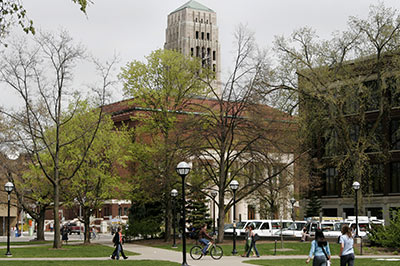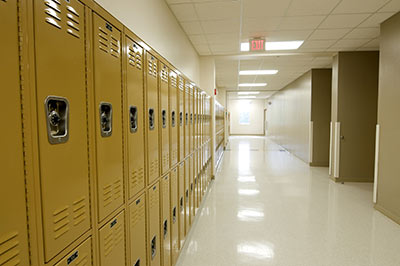21st Century School Fund, 2009. A new national commitment to address the deferred maintenance and renewal of our nations PK-12 public school buildings will improve our education system, the economy and the environment. A $27 billion investment, just 10% of the minimum estimated total need, would take us a major step closer to ensuring that the nearly 55 million staff and students who attend school daily are in healthy, safe and educationally appropriate environments. This investment will also quickly create between 160,000 and 235,000 jobs1 that will protect our environment and sustain the public infrastructure investments made by earlier generations.
Through a detailed analysis of what school districts have spent on maintenance, repair, and capital renewals, the 21st Century School Fund found that since 1995 the nation has not reduced its level of deferred maintenance. In fact nationally, using a conservative estimate and extremely modest standards, deferred maintenance in our PK-12 public school buildings has grown from $216 to $271 billion. This is an average of about $41 per square foot of space and about $5,400 per student. A more aggressive estimate pegs the total national deferred maintenance, repair and renewal needs of our public school buildings at $650 billion.











